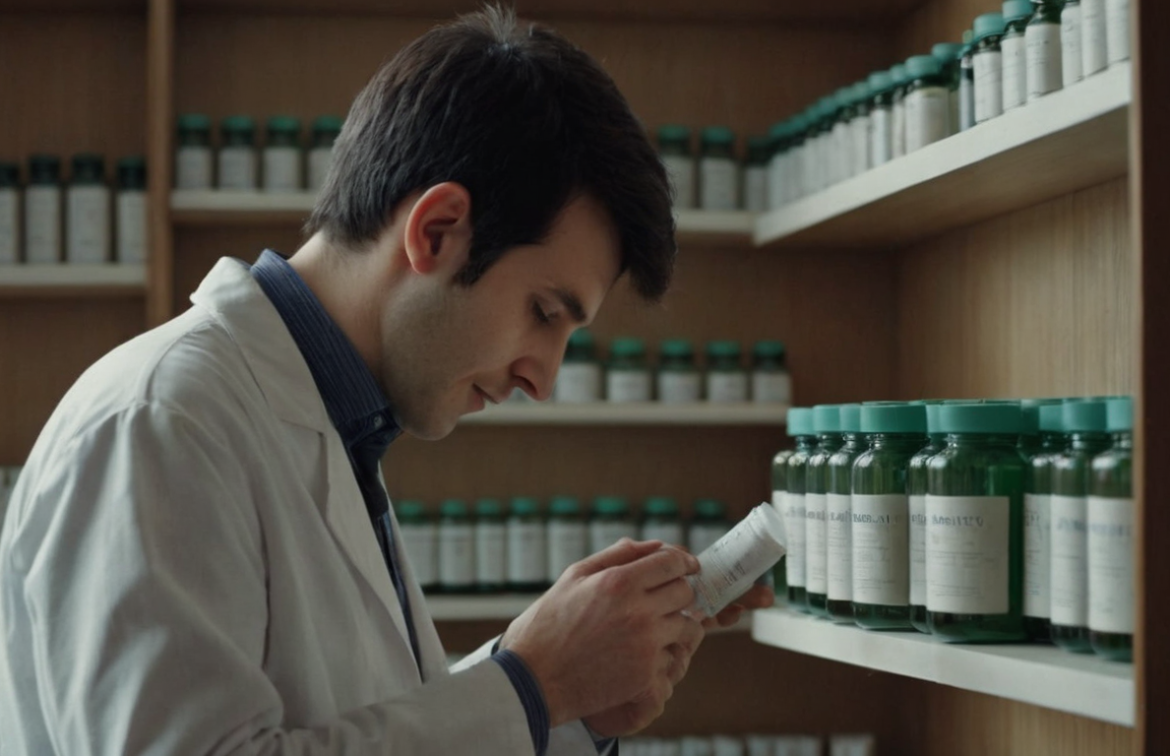The zone of inhibition is a term used in microbiology to describe the area around a bacterial colony that is inhibited or prevented from growth by the diffusion of antibiotics from the colony. This is an important concept in the field of antibiotics testing, as it helps to determine the effectiveness of a particular antibiotic against a particular strain of bacteria.
The zone of inhibition test is typically performed by placing a small disc of an antibiotic on a growing bacterial culture. The size of the disc is determined by the concentration of the antibiotic, with higher concentrations leading to larger zones of inhibition. The bacteria are then incubated in a growth medium and allowed to grow until the desired size of the colony is reached. The zone of inhibition is then measured and compared to the size of the control zone, which is typically a disc of water or no disc at all.
It is important to note that the zone of inhibition test is not perfect, as it is a qualitative rather than quantitative measure of antibiotic effectiveness. Additionally, it only takes into account the effectiveness of the antibiotic against a single strain of bacteria, and does not account for the potential of resistance development or other factors that may impact antibiotic effectiveness in the long term.
Regarding the question of whether alcohol and antibiotics should be tested in the same zone of inhibition test, the answer is generally no. Antibiotics are designed to target specific bacterial strains, and alcohol is a broad-spectrum antimicrobial agent that is not targeted at any particular bacterial strain. Therefore, testing antibiotics and alcohol together in the same zone of inhibition test may not provide useful information about either substance.
However, it is worth noting that alcohol can have a synergistic effect with certain antibiotics, which is why some researchers have explored the potential for combining alcohol with antibiotics in the treatment of infectious diseases. This approach is known as antimicrobial synergy, and involves the use of two or more antimicrobial agents together to enhance the effectiveness of treatment against a particular bacterial strain.
In conclusion, the zone of inhibition test is an important tool for determining the effectiveness of antibiotics against a particular strain of bacteria. However, it is important to note that this test is not a perfect measure of effectiveness and should be used in conjunction with other methods of determining antibiotic effectiveness. Additionally, the potential for antimicrobial synergy between alcohol and antibiotics should be explored further in future research.









